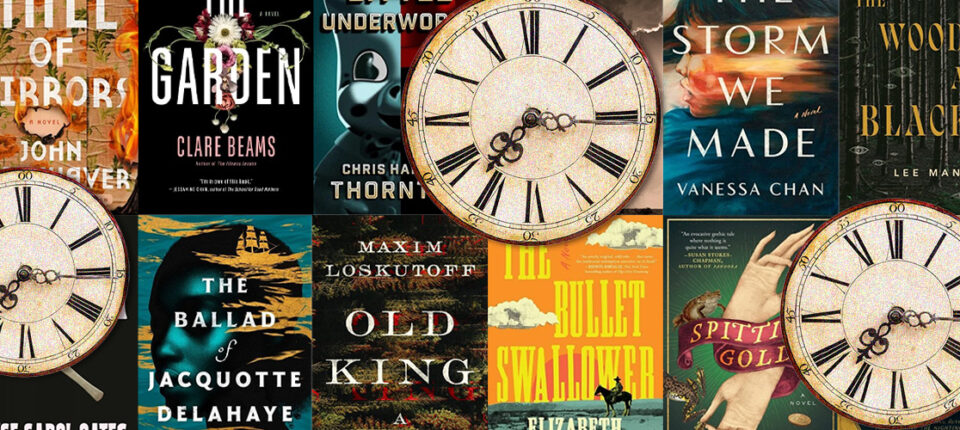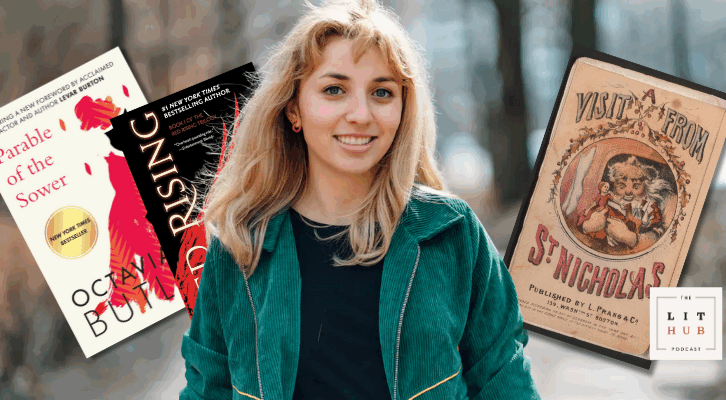It’s another great year for historical fiction, as many of my favorite trends from the past few years continue; in the list below, you’ll find con artists and queens, spies and spiritualists, nurses and ne’er-do-wells, vagabonds and vigilantes, and marginal characters of all kinds fighting to stay afloat in a cruel and inconsiderate world. The works below have a bit of a 19th and 20th century bias, in particular focusing on the mid-1800s and the Interwar Period, as well as several set just after the end of WWII. You’ll find the familiar within the strange, and the strange within the familiar, in each of these works, for the job of the historical novelist is to walk the tightrope between universal human truths and particular period details. I do not envy this Sisyphean task, but I do celebrate all those who accomplish it.

Joel H. Morris, All Our Yesterdays
(Putnam)
Setting: Scotland, 12th Century
In this rich historical reimagining of the lead-up to Macbeth, Morris asks, what if the Lady MacBeth had a son? And what if her new relationship with the thane MacBeth after the death of her brutal first husband was predicated on equality and respect, as opposed to the beaten-down womanhood of others in 11th century Scotland? Thoughtful, eerie, and full of medieval magic, Morris’ take on the much-maligned lady will perhaps have you rooting for her and her partner, or at least, feeling some sympathy for her quest of vengeance.
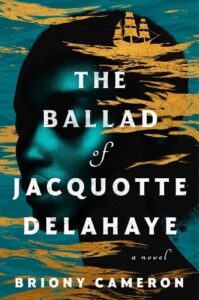
Briony Cameron, The Ballad of Jacquotte Delahaye
(Atria)
Setting: Caribbean, 17th Century
This is a fascinating take on a rumored real-life figure, the swashbuckling Jacquotte Delahaye, but one which takes plenty of narrative license to fill out the gaps in her amazing tale. Jacquotte begins the novel as a shipbuilder, but through no fault of her own, soon becomes an outlaw, and must take to the high seas to preserve her own life and those of her companions. She quickly grows her crew through enlisting some nontraditional sailors, and finds herself on a path towards safety and autonomy—if she can keep herself from a showdown with her nemesis, of course.
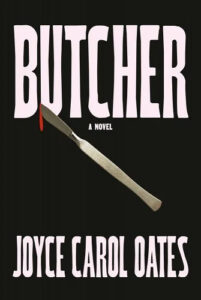
Joyce Carol Oates, Butcher
(Knopf)
Setting: New Jersey, 19th Century
This well-researched historical tale of medical experiments gone haywire looks to be a perfect match with Joyce Carol Oates’ visceral style and violent explorations of American sins. Set in the 19th century, Butcher follows a disgraced surgeon sent into exile at a “Asylum for Female Lunatics,” where he finds himself surrounded by vulnerable patients and with few potential consequences for wrong-doing. This is sure to be one of her best yet, and I don’t say that lightly.
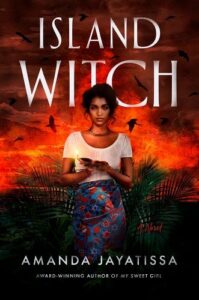
Amanda Jayatissa, Island Witch
(Berkley)
Setting: Sri Lanka, 19th Century
Another gothic tale helping to decolonize the genre! Set in 19th-century Sri Lanka, Amanda Jayatissa’s Island Witch follows the outcast daughter of the local demon-priest as she tries to find answers in a series of a disappearances rocking her small community. Jayatissa’s novel is steeped in folkloric traditions and sumptuous landscapes for thrilling, feverish read.

Carmella Lowkis, Spitting Gold
(Atria)
Setting: Paris, 1866
Another Atria title on the list! And another one concerned with mystical frauds—this time, two spiritualist sisters, famed in their teen years for their convincing seances, held in the most prestigious salons and parlors of Paris. The elder sister must be coaxed out of her comfortable retirement married to a baron so the two can pull off one last con, but all is not what it seems in this lush and twist-filled tale. Spitting Gold is carefully plotted, fully characterized, and incredibly satisfying, so I must apologize to all for telling you how great it is so many months before you can actually read it.
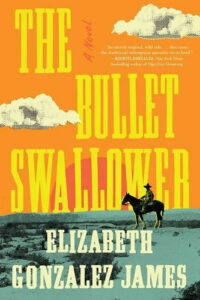
Elizabeth Gonzalez James, The Bullet Swallower
(Simon & Schuster)
Setting: Texas and Mexico, 1895
This new novel about family secrets and living landscapes takes on epic proportions, jumping between mid-century Mexico and the final days of the old West, turn of the century, unlocking a cache of sins passed down through one family and reverberating across the generations. Gonzalez writes with great skill and imagination. –DM

Katherine Arden, The Warm Hands of Ghosts
(Del Rey)
Setting: Flanders, 1918
Two soldiers are lost in no man’s land when they find a mysterious home full of revelers waiting to take them in, but not quite ready to let them leave. Meanwhile, the sister of one, a combat nurse, returns from Canada to seek her brother in the mud and muck of the front lines. Katherine Arden’s haunting gothic delves deeply into the emotional and physical landscape of WWI for an enthralling and heartbreaking read.
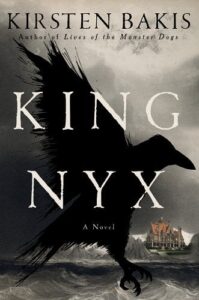
Kirsten Bakis, King Nyx
(Liveright)
Setting: New England, 1918
The first novel from Kirsten Bakis in 25 years! In King Nyx, set during the height of the Spanish Influenza, a sensible woman of a certain age and her flighty yet devoted husband head to a remote island. They’re looking forwards to a stay at the manse of an eccentric robber baron; her husband is hoping to finish his magnum opus on meteorological anomalies (rains of fish, frogs, blood, etc), and Bakis’ narrator simply wishes to get some rest. Upon arrival, however, they find out that multiple girls have gone missing from the rehabilitation home/workhouse also located on the island, and they must isolate in quarantine for at least two weeks before they even meet with their mysterious benefactor. There are neighbors in quarantine as well, also on the island for an intellectual retreat, and Bakis’ narrator soon teams up with the kindred spirit next door to understand what’s going on. Bakis’ symbolism is particularly on point, with a creepy garden, a beautiful set of parakeets, and automata aplenty. Future students will highlight the crap out of this book.
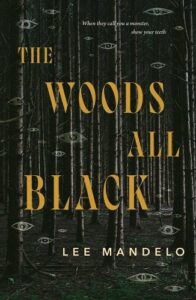
Lee Mandelo, The Woods All Black
(Tordotcom)
Setting: Appalachia, 1920s
Leslie is a battle-hardened nurse for the Frontier Nursing Service, where he’s often sent to outposts so remote they don’t care about his gender-non-conforming ways, but his latest posting seems bound to endanger him from the get-go. He’s ready to perform a certain amount of femininity to get the townsfolk to at least agree to get their children vaccinated, but he’s soon out on a limb trying to rescue another gender outlaw as the small village joins forces against both, fueled by their preacher’s hatred and his angry god. This book was so good. And sexy. Very, very sexy. Don’t read that ending in public.
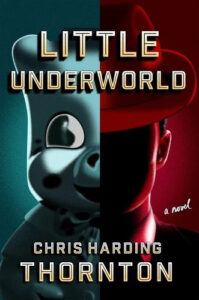
Chris Harding Thornton, Little Underworld
(MCD)
Setting: Omaha, 1930s
Chris Harding Thornton is a seventh-generation Nebraskan, so you know that this tale of underworld greed and vengeance set in 1930s Omaha is going to be authentic AF. Thornton’s language captures the pulp era perfectly, and her sharp metaphors and quick action sequences poetically dictate the disastrous lives of her ne’er-do-wells as they struggle on the margins. A must-read from a writer to watch.
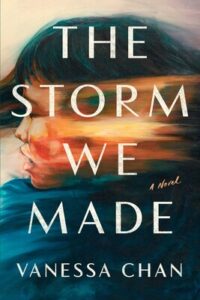
Vanessa Chan, The Storm We Made
(S&S/Marysue Ricci Books)
Setting: Malaya, 1945
In one of the best espionage novels I’ve ever come across, a bored Malaya housewife lets a Japanese spy charm her into giving up the secrets necessary for her nation to be invaded; later, as the war continues, her guilt grows monstrous as her children suffer.

Clare Beams, The Garden
(Doubleday)
Setting: New England, 1948
Clare Beams’ luminous and disturbing new novel is set in a grand old home built by a robber baron and then turned into a hospital for women having difficulty bringing their pregnancies to term. The house is more prison than shelter, and the doctors are more interested in experimentation than care. Irene, the headstrong heroine of the novel, finds herself in need of a backup plan to secure the safe delivery of her infant, and that’s when things get really weird. While this book is well-grounded in its historical setting, the way the book explores medical and societal control over women’s bodies feels incredibly contemporary.
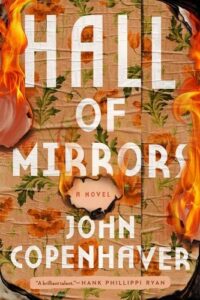
John Copenhaver, Hall of Mirrors
(Pegasus)
Setting: Washington, D.C., 1954
In the midst of the Lavender Scare, a mystery novelist is murdered, killed in an arson attack on the apartment he shared with his lover and writing partner. The grieving writer is hell-bent on finding the cause of his partner’s death, but Copenhaver’s teenage sleuths-turned-lovers from The Savage Kind are alternately helping and hindering in the investigation, as they continue to pursue their old nemesis, now wreaking havoc in the State Department. An excellent continuation of Copenhaver’s series, richly detailed and with convincingly realized characterizations.
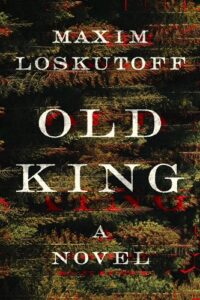
Maxim Loskutoff, Old King
(W.W. Norton)
Setting: Montana, 1970s
Maxim Loskutoff’s Old King is as majestic and foreboding as the old growth forest featured so heavily in its pages. The setting is Lincoln, Montana, where, in the wake of America’s bicentennial, an angry recluse named Ted Kazinski (the Unabomber) is preparing to spread chaos through the US mail system, convinced that his acts of random violence will spark an uprising against the era of the machines. Loskutoff spends only small sections of the book immersed in Kazinski’s disturbing perspective, peopling the rest of his pages with a well-sketched cast of characters strongly divided on a host of questions: do they protect the forest or exploit it? Is modernity an evil? Is it inevitable? And can it be stopped?
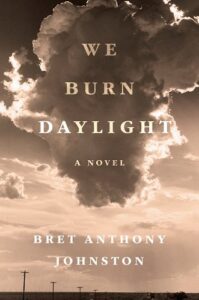
Bret Anthony Johnston, We Burn Daylight
(Random House)
Setting: Waco, 1993
That setting tells you straightaway what this one’s going to be about: the Branch Davidians, the Waco siege, and the ordinary lives caught up in a flash-point moment that will reverberate for a generation to come. We Burn Daylight uses the perspectives of two star-crossed lovers—the sheriff’s son and the unbelieving daughter of a cult member—to navigate the complexities of the showdown, for a moving and epic tale. I would expect no less from Johnston.

